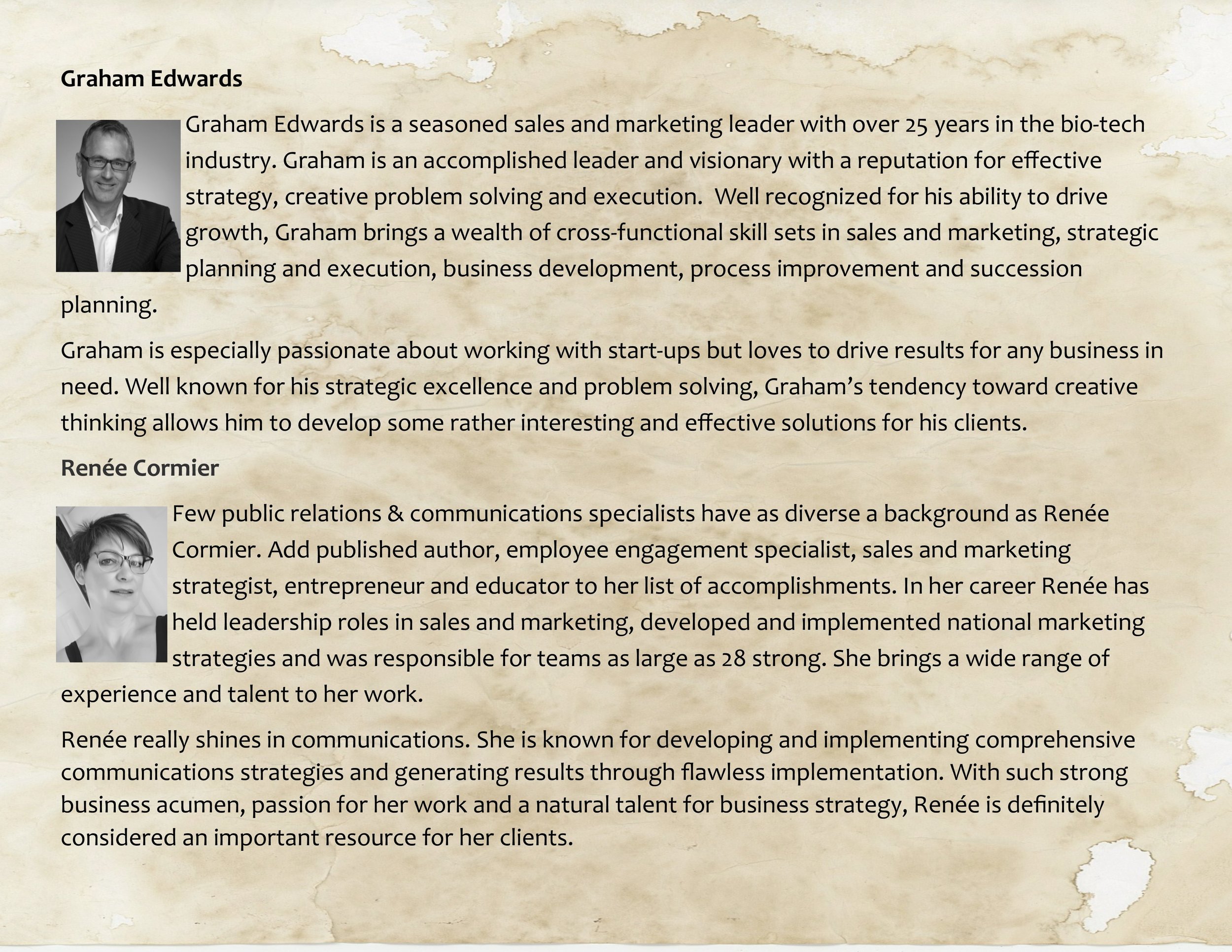Are you buying drills?
An old adage came up in conversation the other day,
“People don’t buy drills, they buy holes”
If you are in sales you may have heard this — it is a reminder that people purchase what they need and you work to satisfy that need. With this pity adage it is the hole the person paying for and the drill is just the way they get what they paid for.
Selling “drills” is product and not customer focused — people prefer you are focused on them.
Selling “drills” is a good indicator that you are inwardly focused — everything that you can’t control (and which impacts you) is happening out in the “big bad world”; it’s good to know what’s happening out there.
Selling “drills” is a good indicator you are not solution driven — people prefer solutions and not just to buy something. They really don’t like when they buy something that doesn’t satisfy their need.
Selling a “drill” is a feature, whereas a hole is a benefit — people buy benefits.
Selling “drills” is a transaction and not partnership oriented — people prefer to deal with trusted partners.
You are engaging with (and understanding) the customer when you ask why they need a hole — when you really know customer you can help focus in on what they need.
This literally applies to anyone trying to convince someone to purchase a drill, and if you consider it figuratively, it applies to almost everything else — the features of a fitness club, what are the benefits? The features of a political parties promises, what are the benefits? The skills of a person, what are the benefits?
And with benefits, comes value.
Getting into the weeds a little there is extrinsic value and there is intrinsic value. Extrinsic value is the generally accepted value that comes from the benefit, whereas intrinsic value reflects the benefits specific to the person. If we go back to the drill example, the benefit of making a hole is the extrinsic value, but unless a person needs a hole, he or she doesn’t care — it is only when a person needs a hole does it offer intrinsic value and the likelihood they would be interested in buying a drill.
It becomes an alignment of features to benefits to intrinsic value — and with it, an understanding of what is intrinsically of value to you.
And if you know that, you will never buy a drill you don’t need (figuratively speaking).
iamgpe



